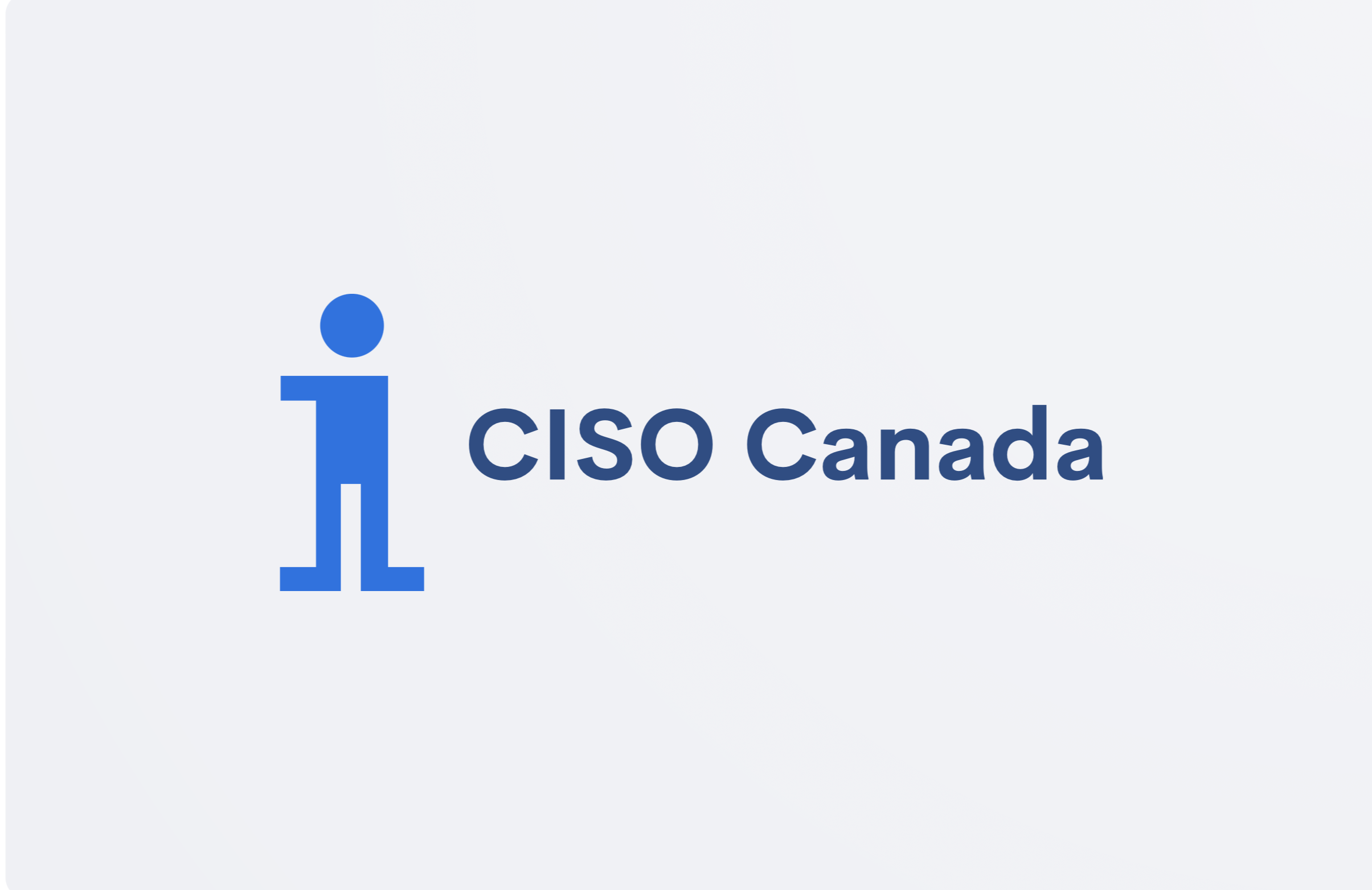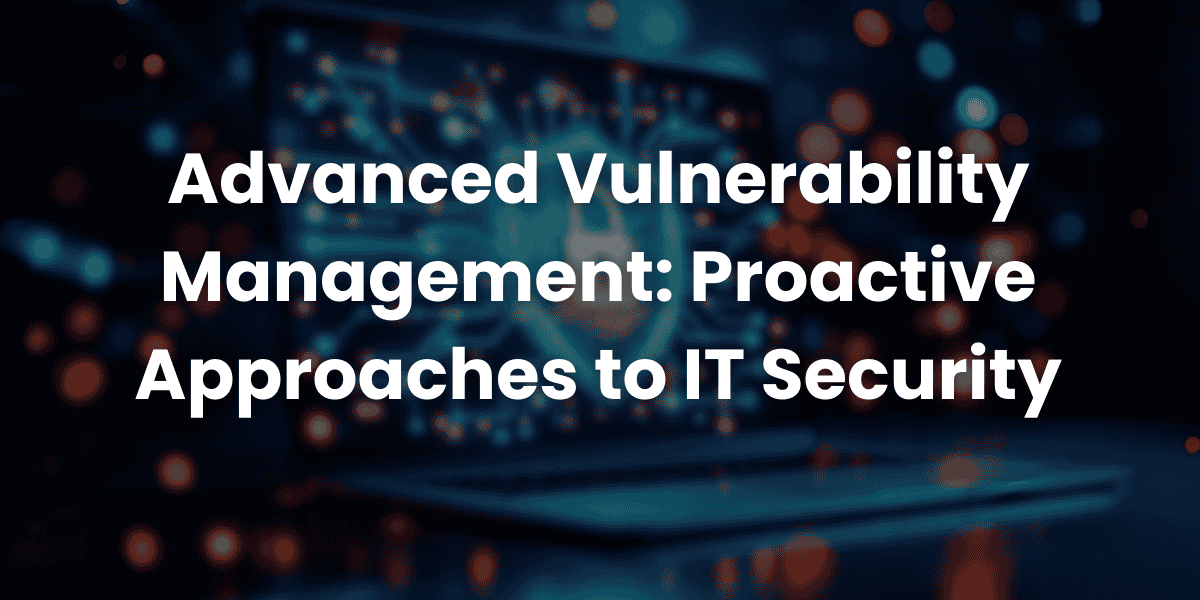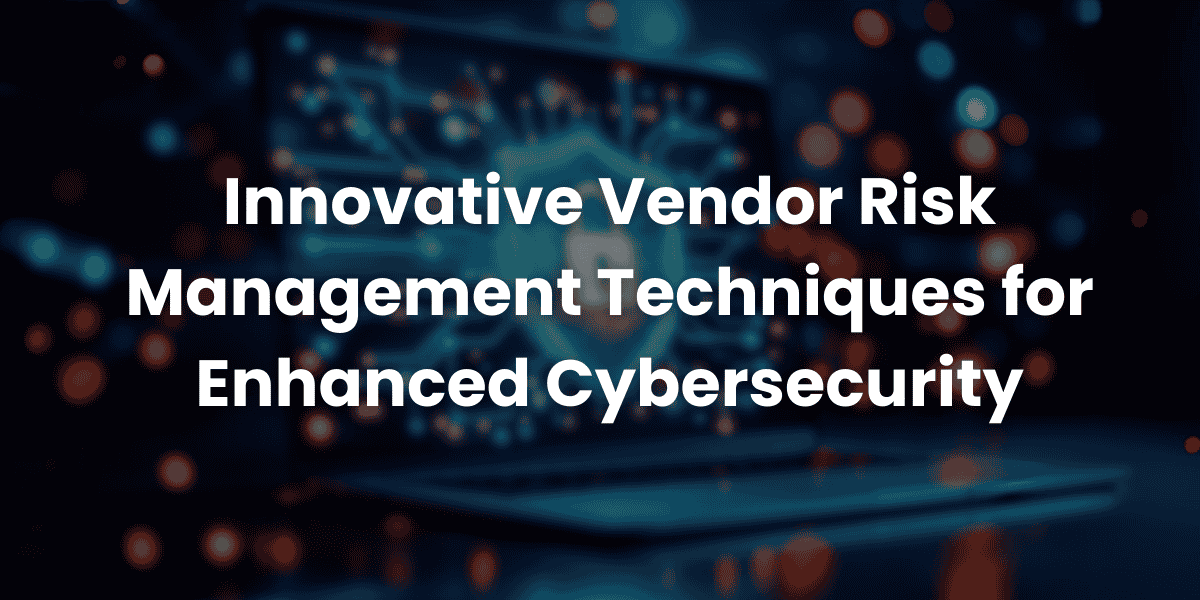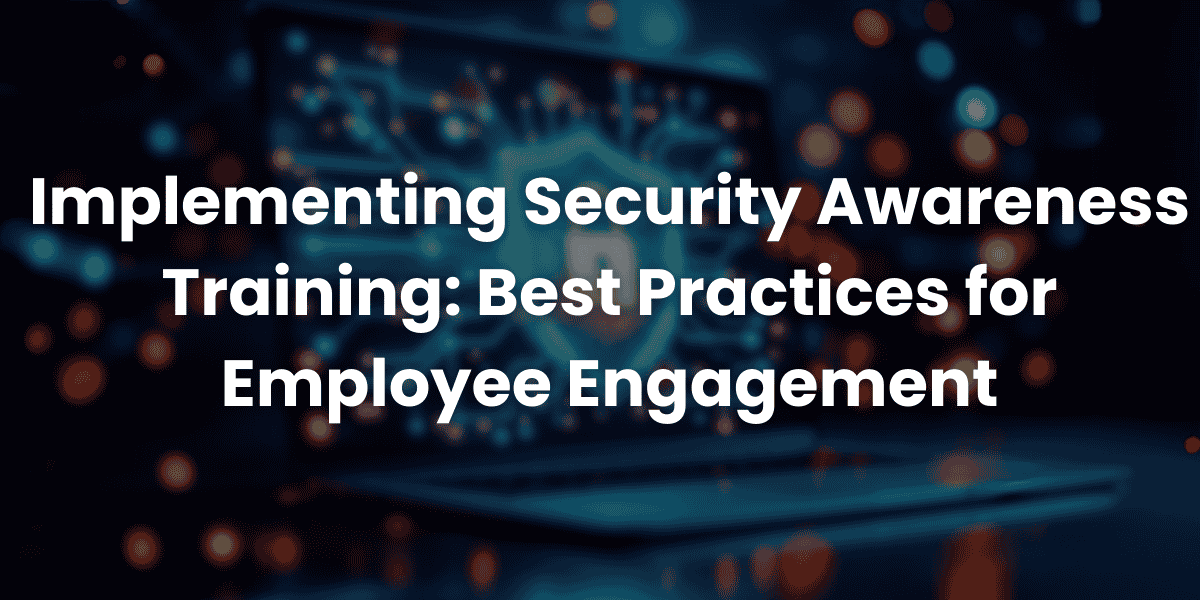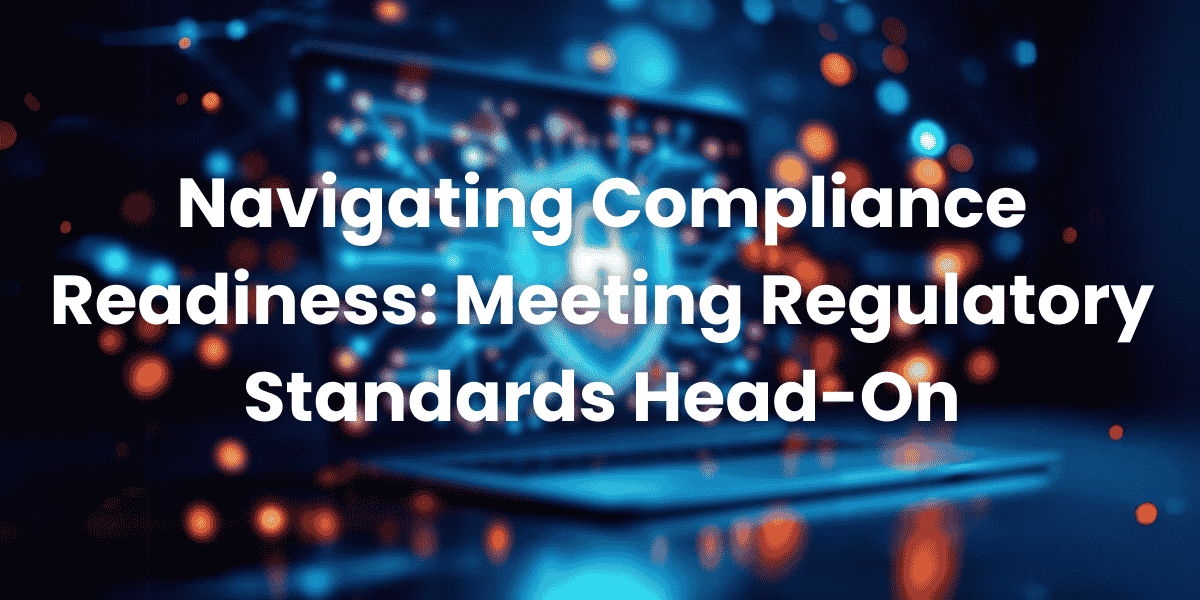The Critical Role of Risk Assessment in Modern Cybersecurity: A Guide by CISO Canada
In today’s hyper-connected digital landscape, organizations face an ever-evolving array of threats. For businesses operating in Canada and beyond, conducting a Risk Assessment is no longer optional—it’s a cornerstone of effective cybersecurity strategy. At CISO Canada, we emphasize the importance of systematic Risk Assessment processes to safeguard sensitive data, maintain regulatory compliance, and build resilience against cyber threats. This article explores how comprehensive Risk Assessment frameworks, including internal and third-party evaluations, empower organizations to identify vulnerabilities and implement robust mitigation strategies.
Why Risk Assessment Matters
A Risk Assessment is a structured approach to identifying, analyzing, and prioritizing risks that could compromise an organization’s assets. Whether addressing internal systems or third-party vendors, a thorough Risk Assessment provides actionable insights to allocate resources efficiently and reduce exposure.
For Canadian organizations, regulatory requirements such as PIPEDA (Personal Information Protection and Electronic Documents Act) and international standards like ISO 27001 mandate regular Risk Assessments. Failure to comply can result in financial penalties, reputational damage, and operational disruptions. By integrating Risk Assessment into their cybersecurity posture, businesses can proactively address gaps before they escalate into crises.
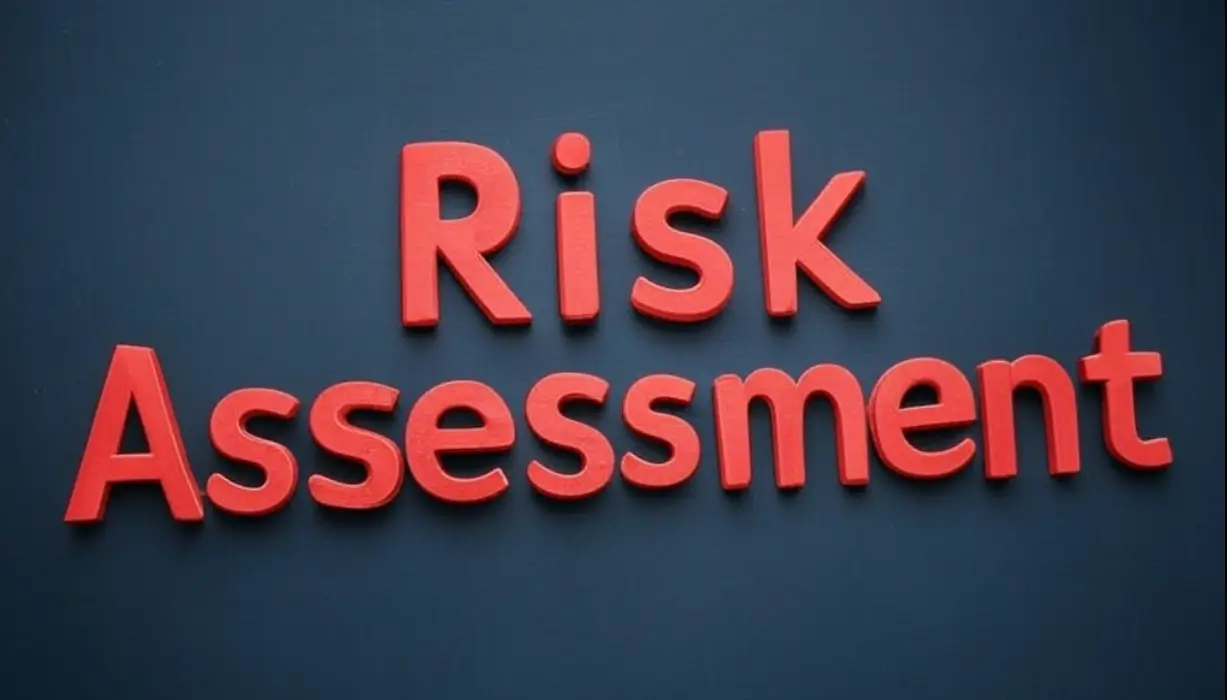
Internal Risk Assessment: Identifying Vulnerabilities Within
An internal Risk Assessment focuses on evaluating risks originating from within an organization. This process involves:
- Asset Inventory: Cataloging hardware, software, data, and personnel.
- Threat Identification: Recognizing potential threats, such as malware, insider threats, or system failures.
- Vulnerability Analysis: Scanning for weaknesses in IT infrastructure, policies, or employee practices.
- Impact Evaluation: Assessing the potential consequences of a breach or disruption.
For example, a Canadian financial institution conducting an internal Risk Assessment might discover outdated encryption protocols on its customer database. By prioritizing this vulnerability, the organization can update its systems, thereby mitigating the risk of data theft.
Regular internal Risk Assessments also help organizations adapt to emerging threats. Cybercriminals constantly refine their tactics, making continuous evaluation essential. At CISO Canada, we recommend conducting internal Risk Assessments at least annually, with quarterly reviews for high-risk sectors.
Third-Party Risk Assessment: Securing the Supply Chain
Modern businesses rely heavily on third-party vendors, from cloud providers to payment processors. However, these partnerships introduce external risks that demand rigorous Risk Assessment. A third-party Risk Assessment evaluates the security posture of vendors to ensure they meet your organization’s standards.
Key steps in third-party Risk Assessment include:
- Due Diligence: Reviewing a vendor’s security certifications, incident history, and compliance status.
- Contractual Safeguards: Ensuring service-level agreements (SLAs) include cybersecurity obligations.
- Continuous Monitoring: Tracking vendor performance and responding to changes in their risk profile.
Consider a healthcare provider partnering with a telehealth platform. A third-party Risk Assessment might reveal inadequate access controls on the vendor’s side, potentially exposing patient data. By addressing this issue preemptively, the healthcare provider avoids HIPAA violations and protects patient trust.
Challenges in Risk Assessment
While Risk Assessment is indispensable, organizations often face hurdles in execution:
- Complexity: Large enterprises may struggle to map all assets and dependencies.
- Resource Constraints: Smaller businesses might lack in-house expertise to conduct thorough Risk Assessments.
- Dynamic Threats: Rapid technological advancements, such as AI-driven attacks, require adaptive methodologies.
To overcome these challenges, CISO Canada advocates for a hybrid approach, combining automated tools with expert analysis. Leveraging frameworks like NIST or FAIR (Factor Analysis of Information Risk) can standardize the Risk Assessment process, ensuring consistency and scalability.
Best Practices for Effective Risk Assessment
- Adopt a Holistic Approach: Integrate Risk Assessment into every layer of operations, from IT to HR.
- Prioritize Collaboration: Engage stakeholders across departments to gain a 360-degree view of risks.
- Leverage Technology: Use AI-powered tools to automate vulnerability scans and threat detection.
- Focus on Mitigation: Translate Risk Assessment findings into actionable strategies, such as patching systems or revising policies.
- Stay Proactive: Treat Risk Assessment as an ongoing process, not a one-time activity.
For instance, after identifying phishing as a top risk during a Risk Assessment, a Canadian retailer could implement employee training programs and multi-factor authentication (MFA) to reduce susceptibility.
The Future of Risk Assessment
As cyber threats grow in sophistication, so must Risk Assessment methodologies. Emerging trends include:
- AI-Driven Analytics: Predictive models to anticipate zero-day exploits.
- IoT Risk Assessments: Evaluating risks in interconnected smart devices.
- Regulatory Evolution: Adapting to new laws like Canada’s Digital Charter Implementation Act.
Organizations that invest in advanced Risk Assessment capabilities will not only survive but thrive in this volatile environment.
Conclusion: Partner with CISO Canada for Comprehensive Risk Assessment
In an era where cyber incidents can cripple businesses overnight, a rigorous Risk Assessment is your first line of defense. By identifying vulnerabilities internally and across third-party networks, organizations can build a culture of resilience.
At CISO Canada, we specialize in delivering tailored Risk Assessment solutions that align with your unique needs. Our experts combine cutting-edge tools with industry expertise to safeguard your assets and ensure compliance.
Don’t wait for a breach to expose weaknesses—proactively manage risks with a structured Risk Assessment strategy. Contact CISO Canada today to schedule your assessment and secure your future.
